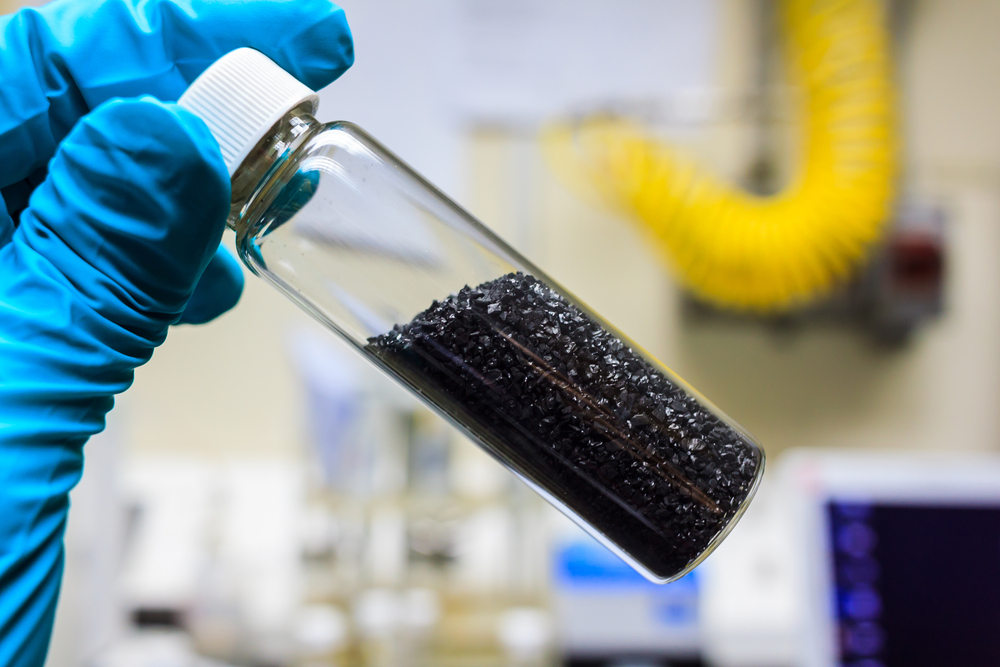
How to Choose the Right Activated Carbon - Detailed Guide
Written by Rahul
Choosing the right activated carbon takes much more than just considering the price difference. Activated carbon manufacturers and suppliers offer activated carbons of different types and grades and to choose the right activated carbon you must take into account several factors. You must analyze the performance characteristics in light of specific uses.
Some activated carbons tend to be better than others for specific applications. This difference can be pretty huge and that’s why you must have a streamlined selection process based on several parameters. Here is a list of certain points you must keep in mind while choosing activated carbons.
Tips to Choose the Right Activated Carbon
1. Know the source and base of activated carbon
To be truly effective in your selection you must know the source and base of the activated carbon in question. It is a misconception that all carbons are the same. In any given application there are considerable differences between activated carbons based on wood, coconut, or coal used as raw material. Proper selection of base is important as it determines the pore structure and many other properties that directly affect the output or performance. Some carbons tend to outperform others in a particular application and/or are cost-effective than the rest.
2. Manufacturing process
Considering the manufacturing process is also an essential part of your selection process. Carbons used for general purposes are manufactured using the “direct activation” process. In this process, pulverizing, binding and re-agglomerating processes are removed for less production cost. This process includes using an inexpensive raw material and it includes crushing, sizing, baking and activation.
Direct activation is a cost-effective process, but it certainly results in compromised performance. The performance of carbon is determined by its pore structure. For this very reason, general-purpose carbons fail to perform well because the lack of additional pore infrastructure leads to inadequate bed life and poor performance.
There is a distinctive difference between general-purpose and high-performance activated carbons. General-purpose carbons have a lower bed life and force the user to change out more often in demanding applications. Apparently, they have low adsorption properties too. They are less resistant to abrasion and have approximately 6.2% fines and high ash content. As a buyer, whether you choose general-purpose or high-performance activated carbon products; you must choose ISO certified manufacturers.
At EcoFriend Carbon, we use the high-end 5th generation double steam activation process and that speaks volumes about the product quality you can expect from us.
Being a premier activated carbon manufacturer and exporter in India, we have the necessary experience, expertise, and resources to fulfill your demanding needs. No matter, how complex your needs are, we are here to make it happen for you.
3. Reactivated carbons also need a proper evaluation
Reactivated carbons also require a proper evaluation and there are certain factors to consider while making the selection such as the reactivation process, contents of the reactivated pool, and the manufacturer’s portfolio.
The reactivation process plays a crucial role to ensure the good quality of the product. Reputed reactivated carbon manufacturers use premium reactivation systems that easily adjust critical operating variables such as heat, oxygen, and steam. There has to be a perfect balance between these parameters for a high-performance reactivated product. Spent carbon needs to be properly activated as failing to do so will cause the adsorbed organic molecules to remain in the carbon pores.
Checking out the manufacturer’s portfolio is quite important while choosing reactivated carbons. The manufacturer of your choice must have the necessary capabilities and resources. You must choose a manufacturing facility with ISO 9002 certification as it will ensure smooth operational procedures and techniques.
There are certain testing protocols in place to measure the differences between general-purpose and high-performance activated carbons. Hope you found the post informative and useful. For more information related to different carbon types, their grades, and applications of activated carbon, feel free to get in touch with team EcoFriend Carbon. Team EcoFriend Carbon will respond to your queries at the earliest.


